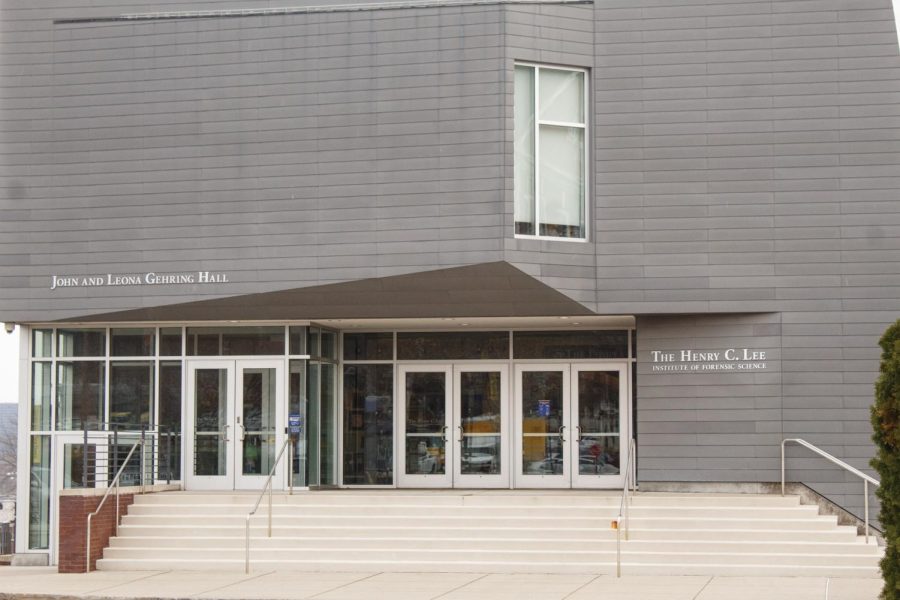The university’s outdated facilities webpage says the school has spent more than $250 million since 2019.
The university’s spending is no surprise. It has never stopped growing since the university acquired Maxcy Hall in 1960 and established its main campus, which now spans 82 acres.
Nevertheless, both figures are inaccurate as not only have five years passed, but the university has not stopped spending money on properties. Some examples being the addition of central air conditioning to Bethel Hall and the renovations to the Campus Store. Other examples, however, are not so obvious. Should you decide to stroll along Campbell Ave. and into Allingtown, you may notice signs that mark property belonging to the University of New Haven, but the properties appear neglected.
Some of those properties include 1229 Campbell Ave. and 252 Orange Ave. The building at 252 Orange Ave. is the most recently obtained of the two. The school has owned this property for just over five months according to city records. City records also show that 1229 Campbell Ave. is formerly a small church, and was purchased June 3, 2022.
This building is a part of Charger Plaza; however, it serves no purpose despite more than two years of ownership by the university.
Louis Annino, associate vice president of the school’s facilities department, said the buildings have required significant work, including the removal of dangerous materials because of the buildings’ age. The reason for not using the building while being mindful of the asbestos as is being done with other campus buildings, is likely part of the school’s “masterplan,” as Annino described it, and its growth strategies.
While Annino was not able to specify any more buildings the school is eyeing for purchase, he did say that he plans for the school to one day connect to the north campus, which predominantly houses sports facilities.
The idea behind buying random properties that are adjacent is to bring them together and have “one contiguous piece of property which then opens up opportunities for us to consider strategic investments in those properties,” Annino said.
While the former CVS is currently in the last stages of the process the university goes through when acquiring new buildings, students likely will not see a new academic building, residence hall or office there any time soon. First, as the university continues looking at properties in the area, each property must go through the “due diligence” said Annino, which was echoed by Karen Lockwood, director of facilities business and administrative operations.
This process involves the university running environmental tests, property searches, and processes Annion described as “brick and mortar,” meaning these are typical practices done after the purchase of a property.






